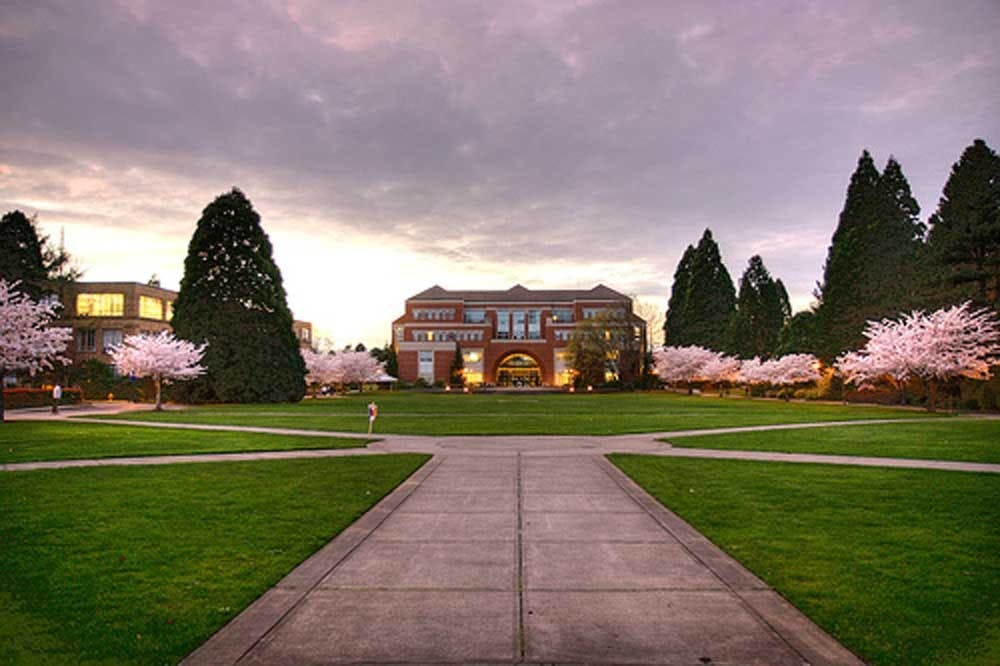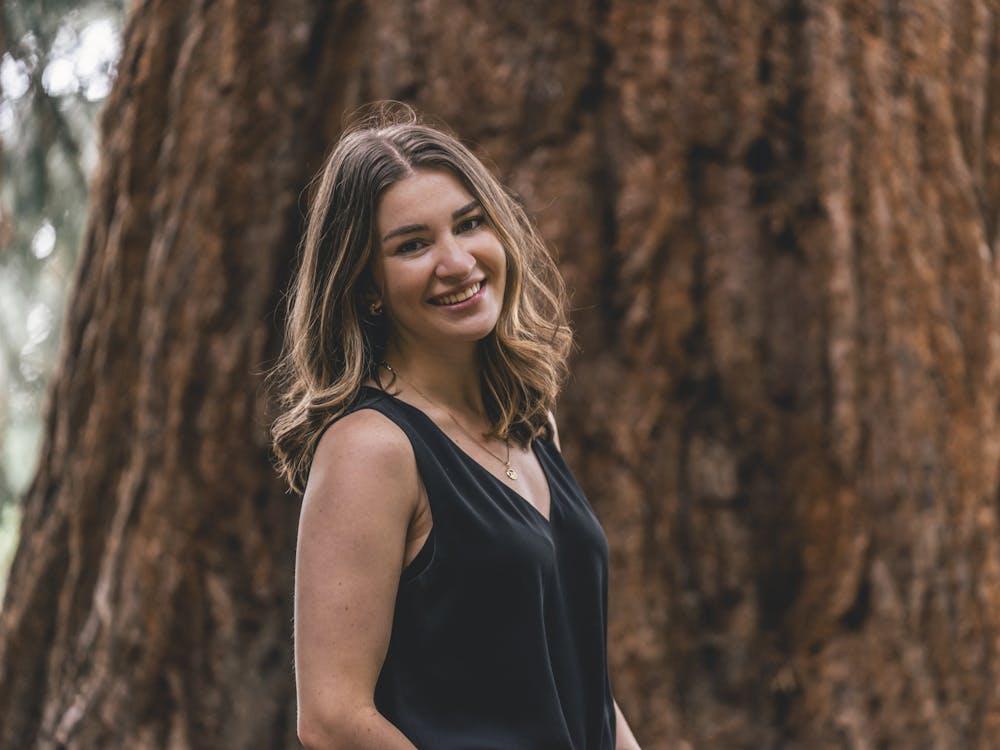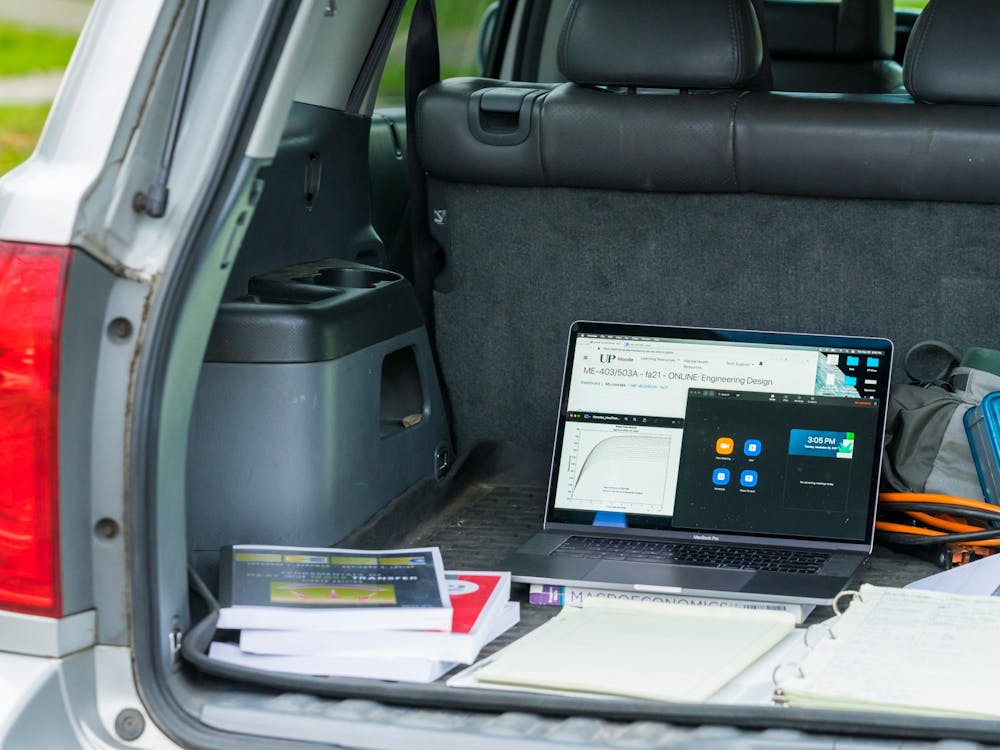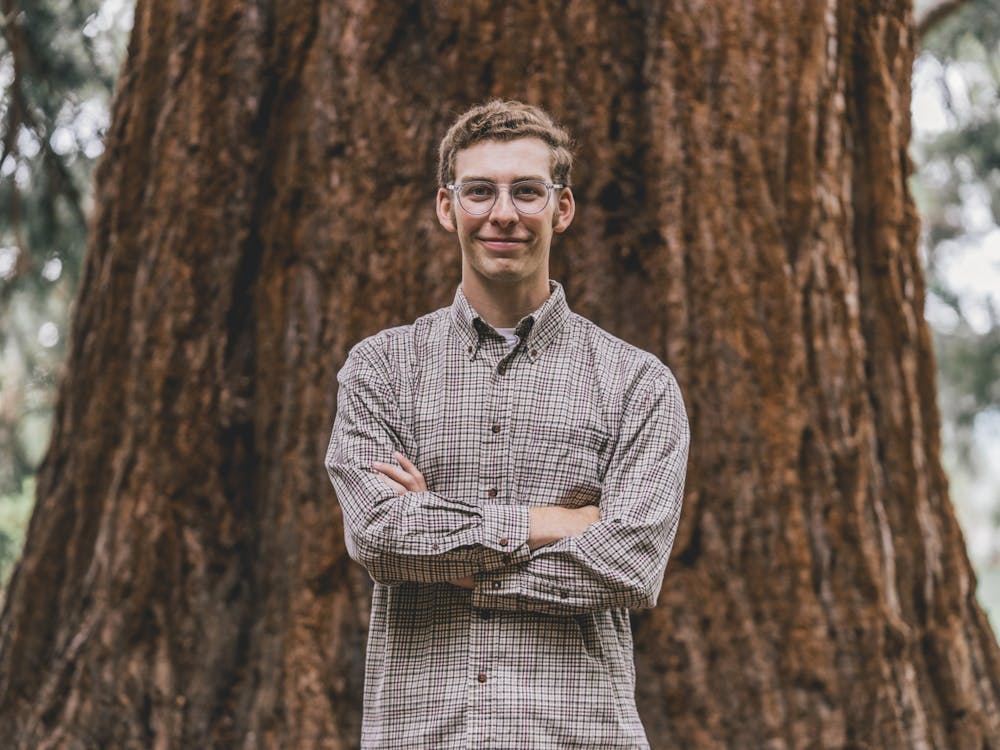(The Beacon)
By Jim Haines, Guest Commentary -- The Beacon
Over the years some in the UP community have raised concerns over what may seem as the covert removal of trees – big and small – around our campus, and rightly so.
You come back from a break and it appears a tree, or several, has disappeared! It also appears we were remiss in giving notice as to which tree(s) were (to be) removed, and why. Yes, we were remiss. Negligent? Perhaps. Careless? Never. I can assure you we care. We care a lot.
In the 30 years I have been with the University's Grounds Crew, no tree has been cut down without good reason, and never just to make our job easier. A great deal goes into the rationale, planning and follow-up. We will move a tree – no small task – if the tree is worth it and the odds of success are good. And we have moved many.
Though the timing we choose for removal may be seen by some as a lame attempt to hide a dastardly act, does anyone really think we're hoping our handiwork won't be noticed? A great big hole where a tree once stood? I think not. The issue is, and has always been, safety first. A good time for "timber!", or a big tree-spade, is when folks are scarce. Causing anyone to become a permanent part of the landscape is not in our best interest.
There are a few of the main reasons we remove trees, or for that matter, any part of our campus garden. On occasion a tree outgrows its physical boundaries, pushing sidewalks up or walls akimbo, or a tree is found dying of old age or disease or construction blight. These trees become hazardous and a very real liability and must be removed. Sometimes a tree is found blocking too much sunlight needed by other plants, or interior spaces, e.g. a classroom, and the canopy just can't take more thinning.
Then there is the responsibility of favoring and preserving the native flora: the Oregon white oak, the Madrone, vine maples and native shrubs – versus the non-natives: the overused Norway maple, the Giant Sequoia (a.k.a. redwood), the Black Locust and English Holly to name a few. When allowed to escape into our native woodlands, these non-native and often invasive species quickly become overly successful and easily overshadow and crowd out slower growing indigenous species. We understand this may be less obvious to "nature-ally challenged" individuals. Think "sustainability."
Our campus is dynamic and growing, and rightly so. As the university expands its academic, athletic and livability horizons, so too must the physical side – the bricks and mortar – expand. While preserving what we can when we can, some mature trees must come down to make room for a new building or play field. Rest assured, the siting of such is never willy-nilly, and we often feel the pain of losing an old friend. This is – and must be – an acceptable consequence of our endeavors to make this University one of the "best in the west" or anywhere for that matter. Think "progress."
And almost all the time we replant, often with a better selection of tree, maybe not always in the same spot, but somewhere on our campus where a tree will do well – hopefully for the long run – and will continue to enhance the University's livability. Indeed, we have planted many, many more trees than we have ever removed ... did you know we now have some 400 trees on campus today? Think "opportunity"... and we'll work on keeping you posted on any further "covert" activities.
Jim Haines is a foreman at Physical Plant. He can be contacted at haines@up.edu.
(The Beacon)








